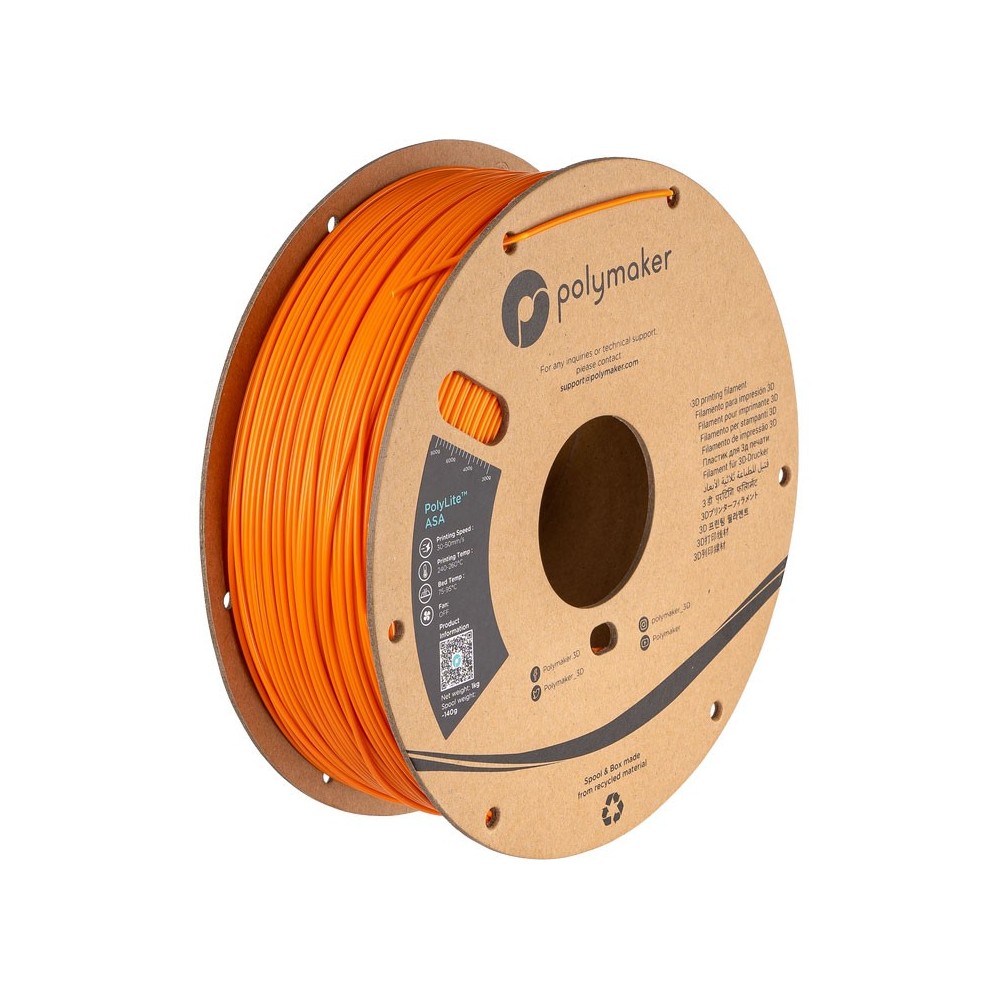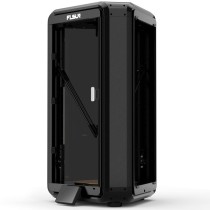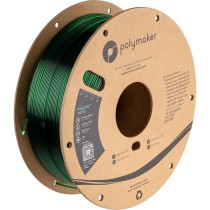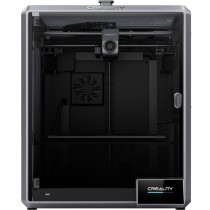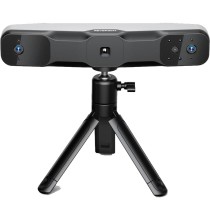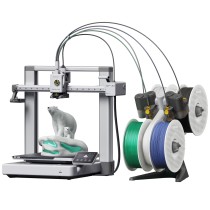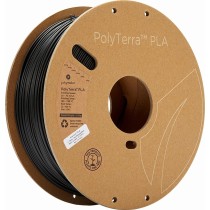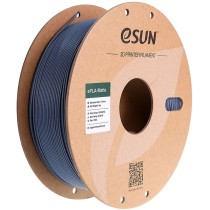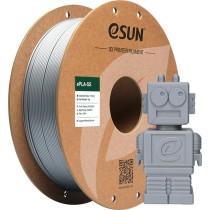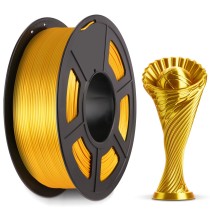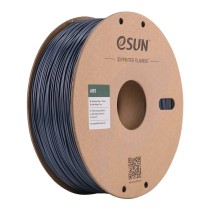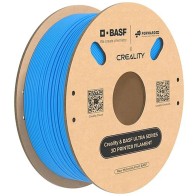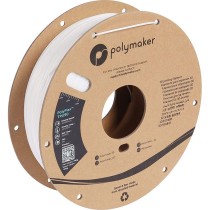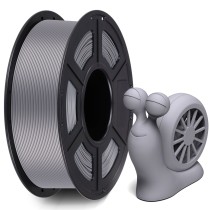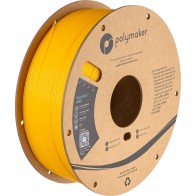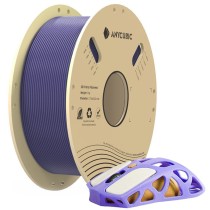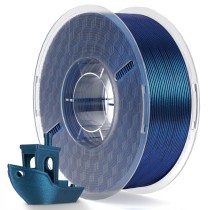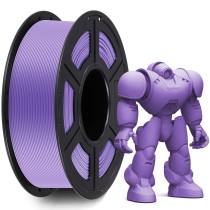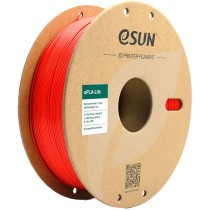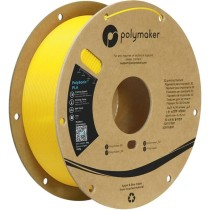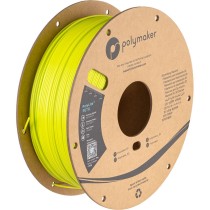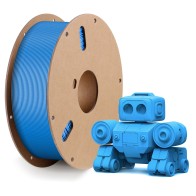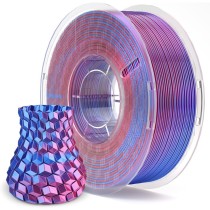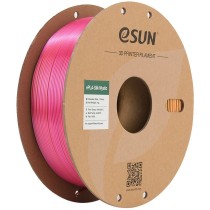Polymaker PolyLite ASA Filament
Polymaker PolyLite ASA filament is a top-tier choice for 3D printing enthusiasts and professionals alike. Known for its exceptional weather and UV resistance, PolyLite ASA offers durability and longevity for outdoor applications. This guide delves into the specific properties of PolyLite ASA, including its resistance to weak acids, impressive impact strength, and optimal printing conditions.
Key Properties of Polymaker PolyLite ASA Filament
Weather Resistance
Polymaker PolyLite ASA filament is renowned for its superior weather resistance. This filament is specifically designed to withstand the harsh outdoor environment, making it an excellent choice for applications exposed to the elements. Whether it’s rain, snow, or sun, PolyLite ASA maintains its integrity and performance, ensuring your 3D prints stand the test of time.
UV Resistance
One of the standout features of PolyLite ASA is its exceptional UV resistance. Unlike other filaments that degrade or discolor under prolonged exposure to sunlight, PolyLite ASA retains its color and mechanical properties. This makes it an ideal material for outdoor projects, signage, and automotive parts that require long-term durability and aesthetic consistency.
Density
PolyLite ASA filament has a density of 1.13 g/cm³. This specific density contributes to the filament's robustness and weight, ensuring that printed objects are both sturdy and lightweight. The optimal balance of density makes PolyLite ASA suitable for a variety of applications, from functional prototypes to end-use parts.
Chemical Resistance
PolyLite ASA filament is resistant to weak acids, enhancing its suitability for industrial and chemical applications. This resistance ensures that printed parts can withstand exposure to certain chemicals without degrading, expanding the range of potential uses for PolyLite ASA in demanding environments.
Impact Strength
With a Charpy impact strength of 10.3±0.4 kJ/m², PolyLite ASA filament demonstrates impressive toughness. This high impact strength ensures that parts printed with PolyLite ASA can endure significant stress and impact without cracking or breaking, making it ideal for functional components and protective casings.
Elongation at Break
PolyLite ASA filament exhibits an elongation at break of 6.7±0.6%. This measure of flexibility indicates that the filament can stretch under tension before breaking, which is crucial for applications that require a certain degree of flexibility and resilience. This property enhances the versatility of PolyLite ASA in various 3D printing projects.
Optimal Printing Conditions for Polymaker PolyLite ASA Filament
Nozzle Temperature
To achieve the best results with PolyLite ASA filament, it is recommended to use a nozzle temperature between 240–260°C. This temperature range ensures proper melting and extrusion of the filament, resulting in smooth and accurate prints. Adjusting the nozzle temperature within this range can help fine-tune the printing process for optimal performance.
Build Plate Temperature
Maintaining a build plate temperature of 75-95°C is crucial for successful printing with PolyLite ASA filament. This temperature range helps prevent warping and ensures good adhesion of the first layer, leading to better print quality and reliability. A heated build plate is essential when working with ASA filament to maintain the structural integrity of the prints.
Applications of Polymaker PolyLite ASA Filament
Polymaker PolyLite ASA filament is suitable for a wide range of applications due to its unique properties. Here are some key areas where PolyLite ASA excels:
- Outdoor Signage: Thanks to its UV and weather resistance, PolyLite ASA is perfect for creating durable outdoor signs that won't fade or degrade over time.
- Automotive Parts: The filament’s resistance to weak acids and high impact strength make it ideal for printing various automotive components that require durability and resilience.
- Functional Prototypes: PolyLite ASA's toughness and flexibility allow for the creation of functional prototypes that can endure real-world testing and usage.
- Industrial Applications: Its chemical resistance and robust mechanical properties make PolyLite ASA suitable for industrial applications where exposure to chemicals and physical stress is common.
Conclusion
Polymaker PolyLite ASA filament is a versatile and durable material that meets the demands of a wide range of 3D printing applications. Its weather and UV resistance, coupled with high impact strength and chemical resistance, make it a superior choice for outdoor, automotive, and industrial projects. By following the recommended printing conditions, users can achieve exceptional results with PolyLite ASA, ensuring their prints are both functional and long-lasting. Whether you are a hobbyist or a professional, Polymaker PolyLite ASA filament is a reliable and high-performance material that will elevate your 3D printing projects.
